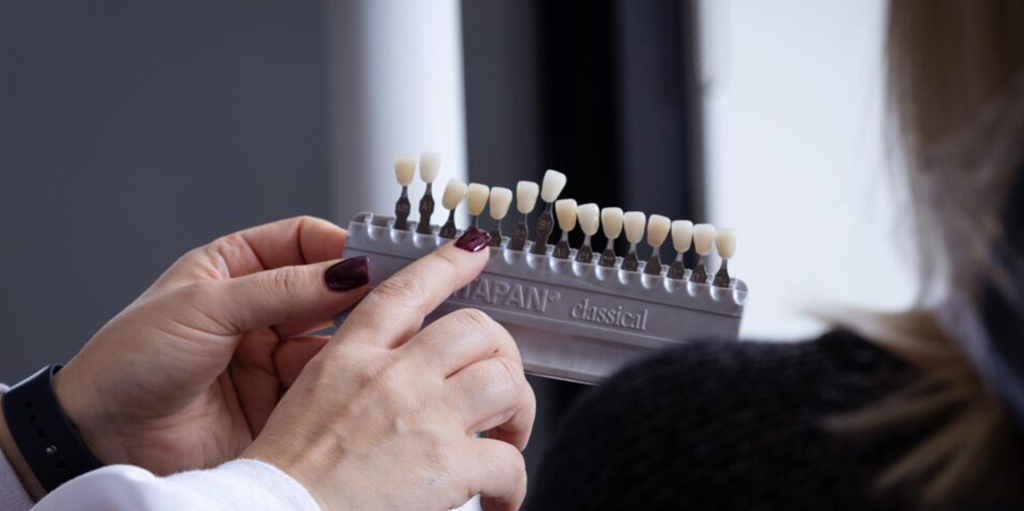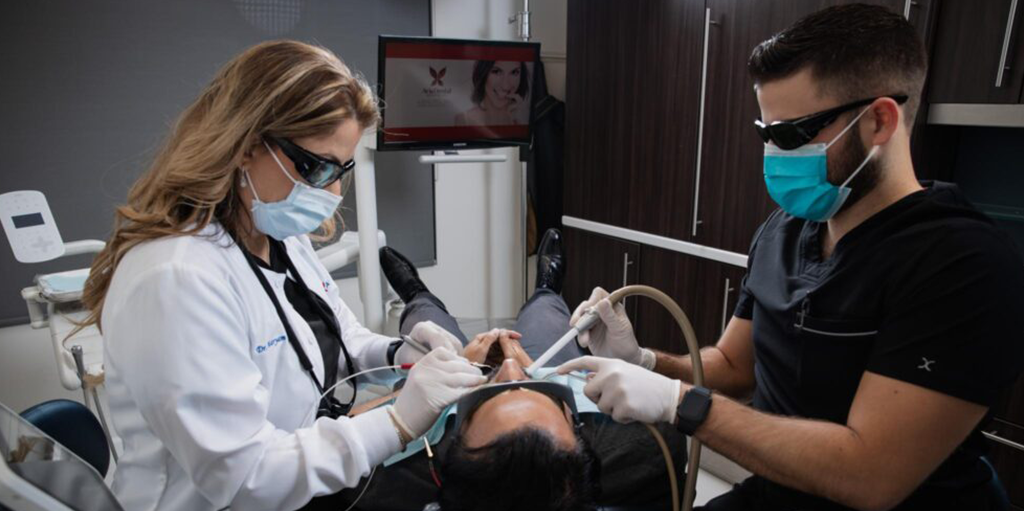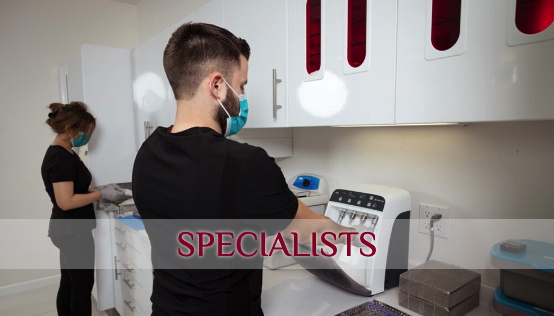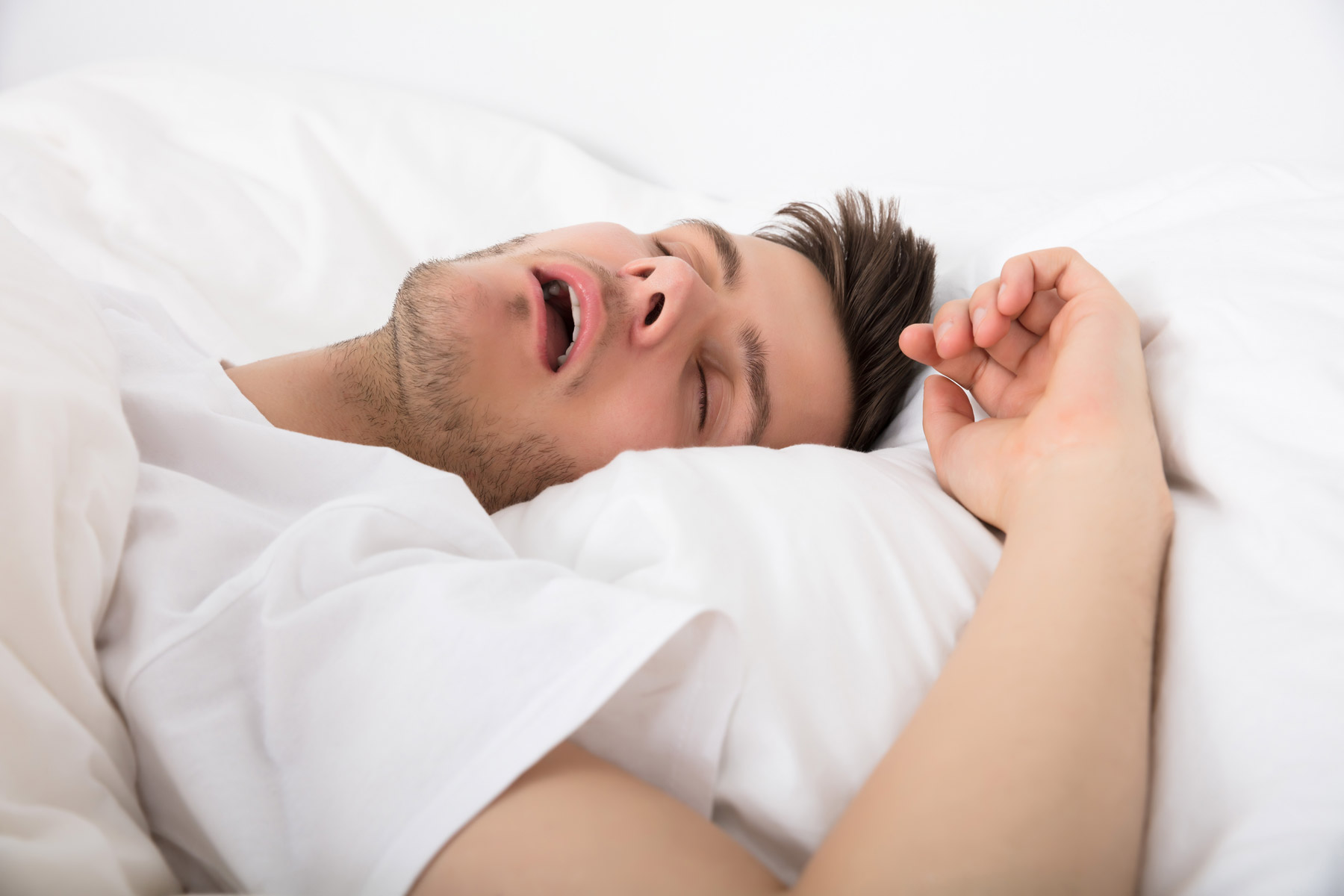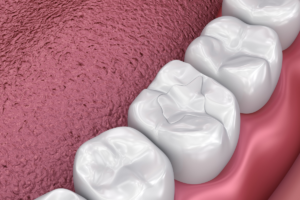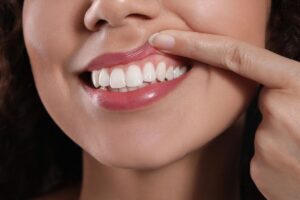Snoring Is Not Just What Some People Do!
You should sleep silently and breathe effortlessly while you are awake if you are not suffering from a cold or congestion. Snoring indicates that there is something disrupting your regular, normal breathing. Snoring is sometimes a sign of serious health complications, while to many people it is quite a common problem and not a cause for concern. Not only does snoring affect the quality of your sleep, it is also a nuisance to those around you, depriving them of a good night’s sleep.
A Standard Breathing Seems Lifeless!
Normal Breathing is a silent and effortless process through your nose. It is critical for living a rich life, helping you go into a deep restorative sleep and wake up recharged to follow your daily routine.
The respiratory rate shows us the normal ventilation range. It is defined as the number of breaths you take every single minute while at rest. A normal respiratory rate in healthy grown-ups is approximately 12 to 20 breaths per minute.
Abnormal Breathing Cannot Be Ignored.
Breathing difficulties can be caused by different disorders. They can also occur as a result of pressure and anxiety. Frequent attacks of shortage of breath and intense breathing difficulty can be indications of a severe health issue that needs urgent medical attention.
Abnormal Breathing can be a sign of problems in the lungs or airways. The most common causes of abnormal breath sounds are pneumonia, heart failure, and chronic obstructive pulmonary disease or COPD.
Abnormal Respiration Is A Result Of The Lost Airway.
When your sleep gets constantly interrupted by certain abnormal conditions, your overall health and mood are impacted, and you may notice differences in your daily functioning.
Some abnormal conditions which can disturb your regular breathing pattern are snoring and sleep apnea. They affect the usual way you should breathe by blocking the airway, and this will eventually cause significant complications.
Numbers Have Things To Tell About Blocked Airways.
- Up to 80 million regular adults in the United States suffer from airway obstruction.
- A large number of snorers have blocked airways stemming from congenital disorders.
- Up to fifty percent of adults snore occasionally.
- Men snore twice as much as women of the same age.
- Up to sixty percent of people have issues with their partner’s snoring in bed.
- Snorers are three times more likely to face damaging health disorders than non-snorers.
More Than One Factor Can Be At Play For Airway Obstruction
To discover the underlying reason for an obstructed airway during sleep, you should consider various factors, including, but not limited to:
- Sleeping position: If you are in the habit of sleeping on your back, you may increase the possibility of developing an obstructed airway.
- Enlarged tissues: Enlarged adenoids can contribute to a narrow airway and lead to difficulties in your breathing.
- Deviated nasal septum: Sometimes, there is an obstruction in the nasal passageway, and this can cause snoring.
- Muscle relaxers: These kinds of relaxers, along with sleeping pills, can cause the tissues to rest more than expected, increasing the risk of airway blockage.
- Excess weight: Extra weight, especially around the neck, can increase the probability of airway obstruction through enlarged tissues.
- Smoking and drinking alcohol: These airway irritants can increase the risk of airway collapsibility.
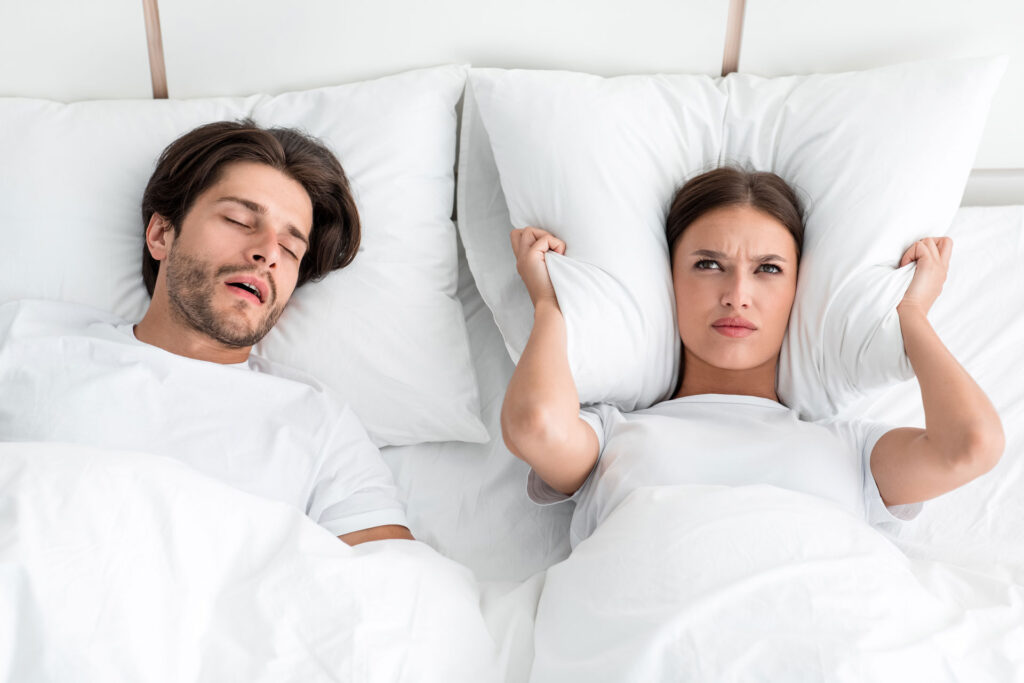
Snoring Is More Than A Disturbance.
When you are awake, the tissues in the throat and upper airway are loose, allowing air to sail through the lungs smoothly. However, once you fall asleep, the soft tissues can partially block the airway, and the snore sounds like a vibration caused by an obstruction of the airway. The sound comes from the back of the tongue or the other soft tissues of the throat, with the air passing over them when you breathe in your sleep.
Snoring can be related to several classes of sleep disorders, of which obstructive sleep apnea or OSA is the most common, followed by upper airway resistance syndrome called UARS.
The air block problem in both of these conditions develops because the failure of the airway causes a reduction in airflow to the lungs which consequently leads to insufficient amount of oxygen going to the brain and other vital organs.
If left untreated, not only does snoring affect your sleep, but it increases the risk of diabetes, high blood pressure, heart failure, and stroke.
In children, it may increase the risk of attention-deficit hyperactivity disorder, known as ADHD, and other behavioral issues.
Sleep Apnea Warns You of Something!
Sleep apnea is a disorder in which your Breathing occasionally stops during sleep, resulting in a lack of oxygen. This Oxygen shortage warns your brain to temporarily wake you up for restarting the appropriate process of breathing. The constant wake-sleep, wake-sleep cycle averts you from achieving deep sleep, resulting in a continuous sleepy feeling during the day.
However, you may not remember waking up the day after because the time you spent awake is so brief. You may even think that you are having a good night’s sleep while you are not.
Sleep Apnea Has Its Own Variations!
There are categories of sleep apnea based on the cause.
- OSA, standing for obstructive sleep apnea, is the most common type of sleep apnea which develops as a result of a physical blockage, usually the collapsing of the soft tissue in the back of the throat.
- CSA, standing for central sleep apnea, is less common. It occurs when the muscles involved in breathing do not receive the right signal from the brain.
- Complex sleep apnea is another form of apnea that is a combination of obstructive sleep apnea and central sleep apnea.
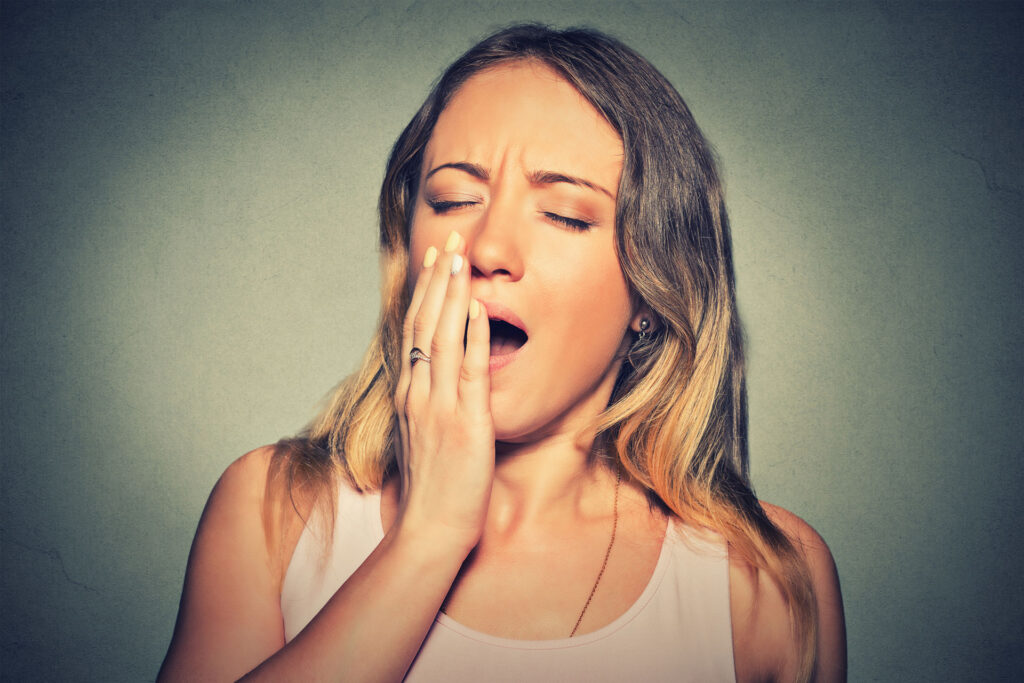
Sleep Apnea Will Attack When You Are Ready For It!
Anyone, regardless of gender or age, may suffer from sleep apnea one day. However, obstructive sleep apnea is more expected in males than females and more common among older adults than younger adults or children.
More often than not, central sleep apnea strikes when you are suffering from heart conditions, neuromuscular disorders, strokes, or brain tumors.
Some other factors such as obesity, smoking, drinking, use of sedatives or tranquilizers, and family history will also make you a better target for this disease.
Sleep Apnea Can Be More Serious Than You May Think
If not treated properly, sleep apnea can lead to harmful consequences such as heart attack, diabetes, depression, chronic fatigue, risk of a car accident, or impotence.
You can predict and cure this sleep condition with the help of the Mallampati score which is a simple examination that acts as a good forecaster of obstructive sleep apnea. It is used to foretell the ease of endotracheal intubation. It can also be used to diagnose patients with obstructive sleep apnea:
- Mallampati I
If it is possible to see the bottom of the uvula during examination, it means that the airway is open and the score is MallampatiI.
- Mallampati II
If the tongue is covering part of the uvula, it is scored as Mallampati II since the airway is mostly open.
- Mallampati III
If the tongue is covering most, but not all, of the uvula, we score that as Mallampati III indicating that the airway is mostly closed.
- Mallampati IV
If the tongue is covering the uvula completely, we score that as Mallampati IV since the airway is almost completely blocked.
Things That May Alert You Regarding Sleep Apnea
Sleep apnea can be detected with the presence of certain symptoms you may notice, such as:
- Headaches upon waking;
- Falling asleep during the day;
- Drowsiness throughout the day;
- Difficulty falling, or staying asleep;
- Loud snoring during the night, whether you are aware of it or not; and
- Insomnia: a sleep disorder in which you have trouble falling or staying asleep.
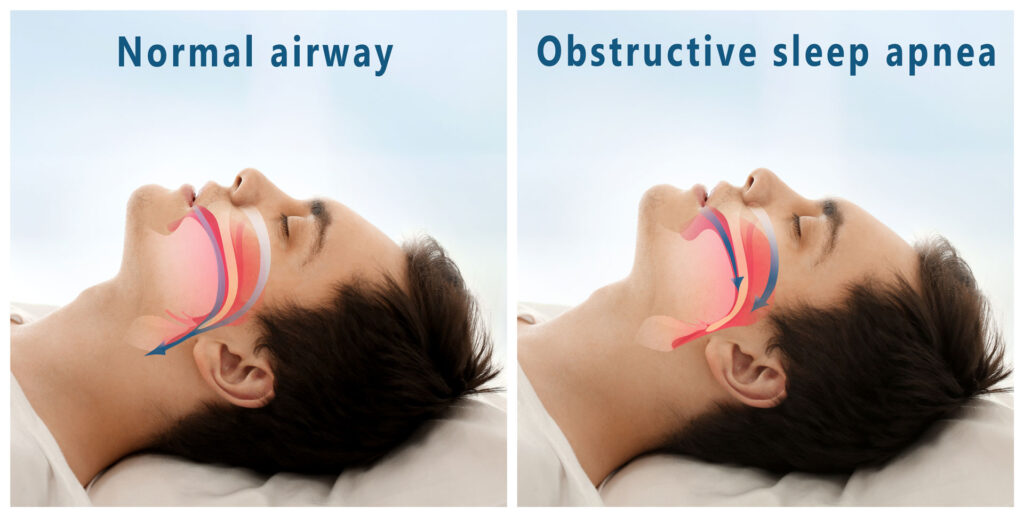
You Do Not Have To Live With Snoring
Though serious, breathing problems while sleeping are quite common. Some people will look for solutions, while others may not even know they should.
Once you are diagnosed with serious snoring, you can benefit from several treatments depending on your circumstances.
Many restorative choices are supposed to be effective in getting rid of snoring and managing obstructive sleep apnea. Before commencing any therapy however, you should consider, and possibly rule out, other associated sleep disorders.
Nightlase laser therapy
NightLase therapy is an advanced laser technology for improving the quality of your sleep. It is a non-invasive, simple, safe, and effective approach to diminishing the amplitude of snoring by means of gentle laser treatment.
Laser energy is used to heat the tissues of the airway, which will help to keep your airway open.
NightLaseTM is performed with approximately three short treatments spaced over two months. Each treatment session lasts only fifteen minutes and requires no anesthesia. The process is not complicated, and you can resume your daily routine immediately afterward. Outcomes can be noticed after the very first session.
This type of treatment has some advantages listed below:
- Nightlase therapy is an affordable approach;
- Nightlase therapy is a non-surgical and safe approach;
- Nightlase therapy is virtually painless and has minimal serious complications;
- Nightlase therapy is quick and effective. It does not take much for you to get what you want;
- Nightlase therapy involves no injection, and is a minimally invasive procedure; and
- Nightlase therapy requires no down time, and you can resume your daily activities soon after the procedure.
Mandibular Advancement Splint
Mandibular advancement devices, also known as oral appliances or MAS, are custom-fit machines that are worn only at night. They are designed to help maintain an open airway by supporting the jaw in a forward position through a reversible and non-invasive method.
The splints are small, portable, and convenient devices that are quite comfortable to wear. It takes only a couple of days to get used to them, and they prove to be quite effective in lowering snores and preventing the airway from collapsing. Oral appliances can be used in conjunction with other treatment techniques such as continuous positive air pressure or CPAP positional therapy, or surgical methods.
CPAP
Continuous positive air pressure or CPAP, which performs through a nasal mask, is the most common treatment for obstructive sleep apnea or OSA. The CPAP device consists of a face or nasal mask connected to a pump that provides a pressure of air into the nasal passages, which are supposed to keep the airway open. This positive flow does not let the airway collapse during sleep.
Paradoxically, the CPAP machine is too noisy to allow sleep. It does not let you move or change positions during the night, and many users have reported removing the mask during sleep without knowing it.
Surgery
Surgery may be an effective option for you if you cannot tolerate CPAP or oral appliance therapy. It is not considered the first line of treatment for snoring, however. Surgery is typically more effective in the treatment of snoring than sleep apnea.
We Can Make You Sleep!
Second-hand snoring can cause your bed-mate to suffer the same daytime sleepiness problems. Spousal arousal syndrome may result in the deterioration of relationships, depression, and other adverse mental consequences. Snoring can do a lot more harm than just trouble your partner; it can lead to serious health issues.
If you want nothing more than to enjoy a sound sleep with your significant other, but they cannot tolerate being disrupted by your constant snoring, or if your partner’s snoring is putting a strain on your relationship, it is time to make an appointment with Aria Dental and improve the quality of your sleep.
We will custom create the desirable sleep solution for you, so as to prevent your sleeping problems from ruining your health.
We take pride in our ability and expertise to help you through every step until you really fall asleep!






